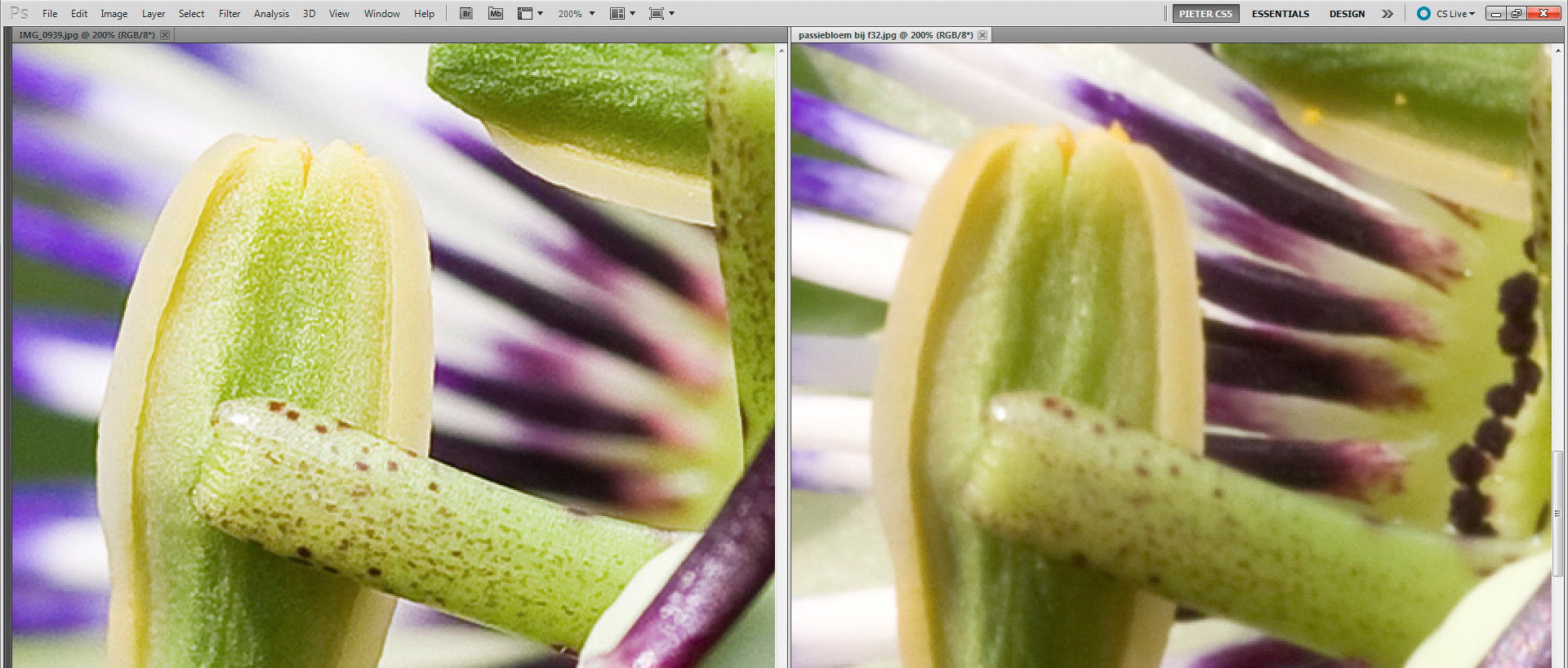
- #Photo focus stacking how to#
- #Photo focus stacking 32 bit#
- #Photo focus stacking manual#
- #Photo focus stacking pro#
- #Photo focus stacking plus#
Next we want them all on a single document in layers, so I opened them all as individual files then used the handy ‘stack’ feature in Jimmy’s Raya Pro. I used Capture One for this example, but Lightroom or Photoshop’s own RAW filter all do essentially the same thing. It doesn’t matter what you’re adjusting as long as all of the photos are synchronised. Once you’re back with your images you can apply any basic adjustments in your RAW editor then copy the adjustments to all of the images in the sequence. When you get back to your computer you’ll easily be able to see which pictures belong together in a series for a stack. This works really well if you are on a longer photography excursion. Shoot an image of your hand at the beginning and end of each sequence. You will only ever get the conditions you’re shooting this one single time.Ĥ. This goes for any shoot, but is particularly important when creating a series of images which need to all work together. Once you’ve finished the sequence, check each image before deciding you are all done.
#Photo focus stacking manual#
Use manual focus, especially in low light as your eyes are better than AF.Īvoid moving the tripod during the sequence. I’ve shot sequences where several metres are out of focus, which pretty much ruins the stack.Ģ. Don’t leave any big gaps in case you lose sharpness anywhere. So whilst employing best practices to get sharp images, shoot quickly throughout the entire front to back sequence.Ĭapture more frames than you might need. Clouds will be moving, the light will be changing and so on. The elements will be changing while you are busy with each frame, but we want as few changes as possible. Here are some tips to get the best images while out in the field shooting images for stacking ġ. Some Tips For Getting The Best Images For Focus Stacking Work your way back through the composition until you are focused on the most distant element of your composition. You should be able to see where focus starts dropping off through the viewfinder. After this I concentrated a bit deeper into the image. For this landscape scene I focused on the sand immediately below the tripod. I’ll use an aperture of around f/8 which provides a decent depth of field and is the sweet spot on many lenses. I tend to start at the closest point for the first shot, focusing on the very nearest objects in the frame.
#Photo focus stacking how to#
We have a great article here for how to get sharp photos, which can help with each individual shot for this series. We don’t want the composition to change as we’ll be layering the images on top of each other in Photoshop. Using a tripod is generally recommended for landscape photography and is particularly important when shooting for stacking.
#Photo focus stacking plus#
The technique is really simple and just needs some forward thinking plus a tripod. On the whole I’ve found between three and six photos works best, depending how close the foreground is in relation to the distant background. The scene in front of you will typically dictate how many images will be needed to get front to back sharpness. In these two examples you can see the difference in focus at 100% magnification for the areas in the front and back of the beach shot, using a sequence of four images. Focus stacking provides a really simple technique to overcome this limitation in depth of field. This can make an image look less sharp, and if we’re focusing really close even f/30 can be too shallow. We do get a greater depth of field with a narrower aperture, however anywhere over f/11 can cause diffraction, depending on the lens being used. That’s the case with the finished example above, where the patterns in the sand is sharp, right though to the cliffs in the background.

For landscape photography we would generally use focus stacking when we’re shooting with a wide angle lens and need to get something close in the foreground sharp, all the way to a distant background. The main reason to stack images is to get a deeper focal depth, with front to back sharpness, or somewhere desirable in between. Lucky and persistent as I went to this location around 10 times before getting these conditions. I was lucky that the conditions all came together for this shot with light, colour, tonal balance and the tide all perfectly aligned. This is a beach scene during sunset, which was made with four RAW photos in the sequence. Let’s start off with the finished result of a focus-stacked image. The Essential Guide To Luminosity Masks in Photoshop.Gradiate – Photoshop Color Grading Plugin.

Mastering Lumi32 Luminosity Masks Course.
#Photo focus stacking 32 bit#
Lumi32 – Powerful 32 Bit Luminosity Mask Plugin.
#Photo focus stacking pro#


 0 kommentar(er)
0 kommentar(er)
